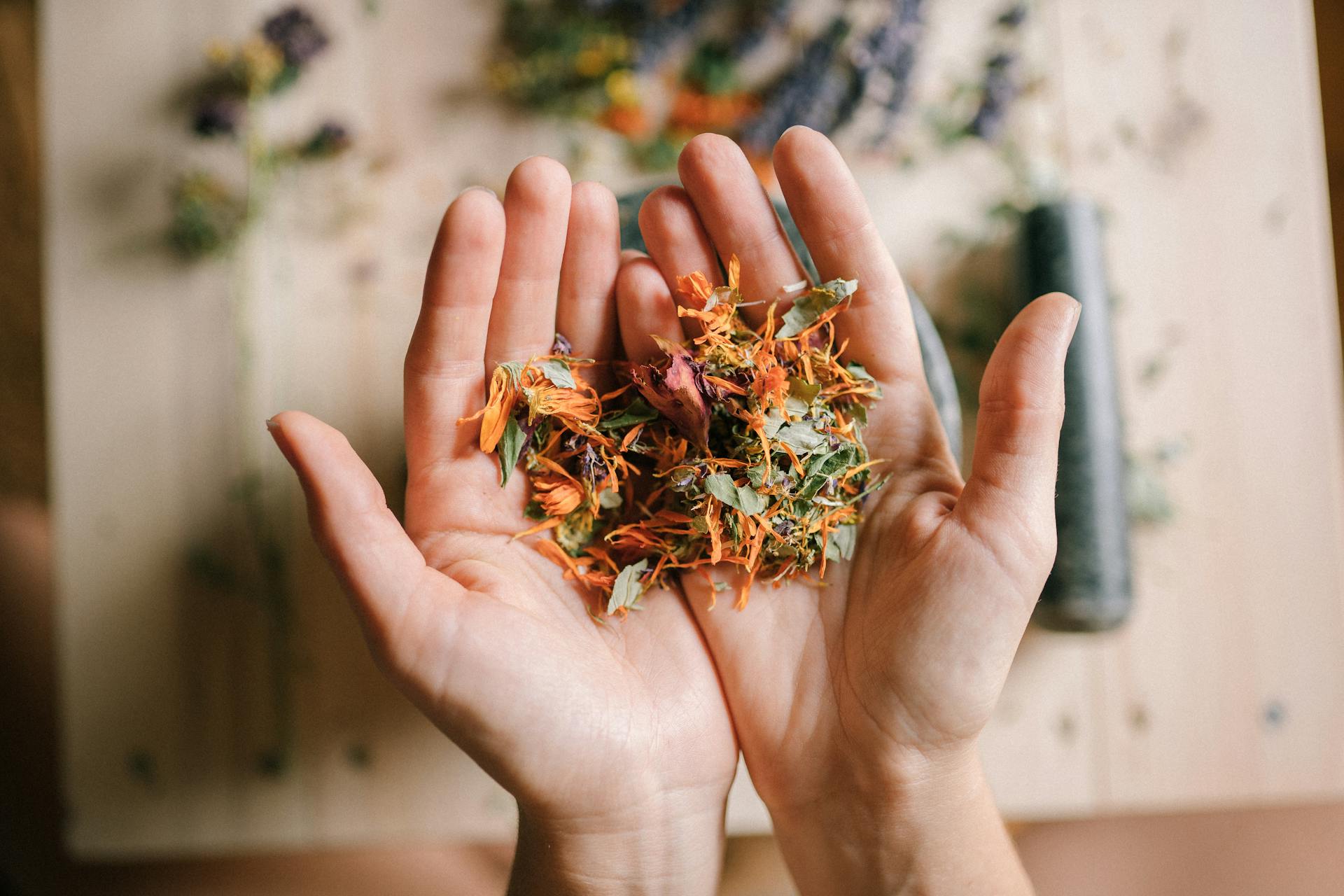Naturopathy is a holistic system of natural healing for the body. That means naturopaths consider all aspects of a person – body, mind, spirit and emotions – as important for staying healthy.

The 6 Guiding Principles of Naturopathy
Naturopaths work under 6 guiding principles you might like to know about.
These naturopathic principles are very consistent across all countries that practice naturopathic medicine.
Snider and Zeff, 2019, Unifying Principles of Naturopathic Medicine Origins and Definitions
1. The Healing Power of Nature (Vis Medicatrix Naturae)
You might have noticed something similar in your garden, ignored all winter, you find with the right amount of rain and sun in the spring everything is in flower and you can take no credit for any of it! Naturopaths recognise this inate ability to heal as something our bodies use to restore health, in an ordered intelligent way. The role of the naturopath is to help this process along, through removing barriers to healing and supporting a healthy environment to thrive, both on the inside and outside the body.
2. Identify and Treat the Causes (Tolle Causam)
So what pulls the body out of alignment and away from the naturally maintaining processes for health? Illness can arise from many causes. Perhaps there is a mind-body imbalance, or your digestion isn't the best? It is now well understood that stress is a factor impacting many diseases and the impact on the gut has been linked to mental illness, allergies, hormonal and metabolic disorders. These symptoms are your body's way of trying to cope. Rather than simply aiming to suppress the symptoms, naturopaths are like detectives, looking for the barriers to health so the body can go back to doing what it does best – healing itself!
3. First Do No Harm (Primum Non Nocere)
Common to all forms of medicine is the principle of avoiding harm while we heal. Respecting the power of the body to heal means taking time to gently reassert balance,
- Naturopaths use methods and medicines, herbs, vitamins and minerals which aim to apply the gentlest force or intervention necessary to return health.
- Whenever possible the suppression of symptoms is avoided as suppression generally interferes with the healing process. It's great to see the shift in the acceptability of the ‘soldier-on' when sick mantra, just pop a pill and suppress your symptoms. Taking time to rest, recover and convalesce with naturopathic support is one of my favourite ways to connect to the healing power of our bodies.
4. Naturopath As Teacher (Docere)
Having the tools under your belt to guide your own health is a wonderful thing. Your naturopath teaches you about natural medicine and uses this and the therapeutic relationship to empower you with knowledge about maintaining your health. Afterall, who knows your body better than you?
5. Treat the Whole Person (Tolle Totum)
Health and disease result from a complex interplay of physical, mental, emotional, genetic, environmental, social, spiritual and other factors. It is all interconnected and we can see this in many ways such as when our mental and emotional stressors create physical symptoms – racing heart, rapid breath and pulse for example. Likewise, when our physical symptoms create mental and emotional stress, like when chronic pain leads to depression and anxiety we are reminded that no part of the body exists in isolation. Treating the whole person, within their environment is essential from a naturopathic perspective.
6. Prevention (Preventare)
Promoting healthy ways of living and educating our naturopathic clients form the preventative medicine component of naturopathy. Looking at your health holistically, we assess factors that could put you at risk disease such as lifestyle and your own and your family's health history to work in partnership to optimise health. In a similar way naturopaths look at the world around us and promote living in a healthy environment to support healthy, happy people.
If taking the time to restore your body to health feels like the right type of medicine for you, give your naturopath a call today.





 As the days warm up I've been slowly coming around to it being salad season – it takes a bit to transition from the warming foods of winter to finally feeling sun warmed enough to proceed on to salads here in Melbourne in my experience. And with a beautiful day of sunshine, perfect for basking in, scheduled ahead, it has now become urgent to dig out my favourite salad recipes!
As the days warm up I've been slowly coming around to it being salad season – it takes a bit to transition from the warming foods of winter to finally feeling sun warmed enough to proceed on to salads here in Melbourne in my experience. And with a beautiful day of sunshine, perfect for basking in, scheduled ahead, it has now become urgent to dig out my favourite salad recipes!

 If you are concerned you don't get enough of the good stuff in your diet, slip this lot into your daily routine and you can give yourself a hearty pat on the back. These gems are part of the plan for reducing inflammation, healing just about anything through increasing circulation and warming up chilly toes and fingers through the magic of warming herbs and spices. Researched by herbal scientist Dr. Kerry Bone, case studies show improvements for micro-circulation issues in kidneys, eyes, healing chronic back issues, lymphatic stagnation, and diabetes.
If you are concerned you don't get enough of the good stuff in your diet, slip this lot into your daily routine and you can give yourself a hearty pat on the back. These gems are part of the plan for reducing inflammation, healing just about anything through increasing circulation and warming up chilly toes and fingers through the magic of warming herbs and spices. Researched by herbal scientist Dr. Kerry Bone, case studies show improvements for micro-circulation issues in kidneys, eyes, healing chronic back issues, lymphatic stagnation, and diabetes.
